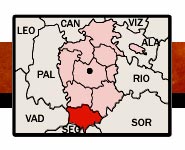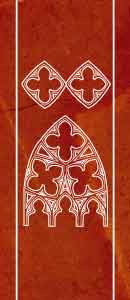 |
|
/SEM-20-sen-lib-E-25.jpg)
ROLLO JURISDICCIONAL - PEÑARANDA
Sobre 3 escalones de alza un fuste con columnillas, decorado con los escudos de los Zúñiga, canes y un pináculo gótico flamigero. Fue además picota ejecutoria, lugar de ejecución de los condenados, pues conserva un agujero para sujetar la nuca de los condenados. También puede visitarse en Peñaranda de Duero, el Monasterio de Santa Clara, el Ayuntamiento y la arquitectura popular, de un pueblo muy bien conservado.
ACCESO PARA MINUSVÁLIDOS: Peñaranda de Duero es muy accesible para sillas de ruedas, obviamente no es factible subir a plantas elevadas (castillo, Palacio).
|
|
/250-BUR-Pen-Rol-40.jpg) |
|
/SEM-20-sen-lib-I-25.jpg)
JURISDICTIONAL POST - PEÑARANDA
On 3 steps up a shaft with columns, decorated with 3 shields of the Zúñiga, dogs and a flamboyant Gothic pinnacle. It was also an execution pillory, place of execution of the condemned, because it keeps a hole to hold the nape of the condemned. You can also visit in Peñaranda de Duero the Monastery of Santa Clara, the Town Hall and the popular architecture of a very well preserved town.
ACCESS FOR HANDICAPPED: Peñaranda de Duero is very accessible for wheelchairs, obviously it isn't feasible to go up upstairs (castle, palace). |
|
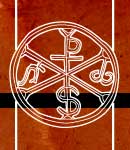
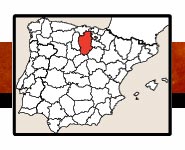




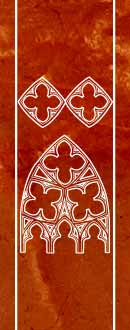
/compl-burgos/BURG-Ribera-40.jpg)
-55/BOOK-cort-40.jpg)

